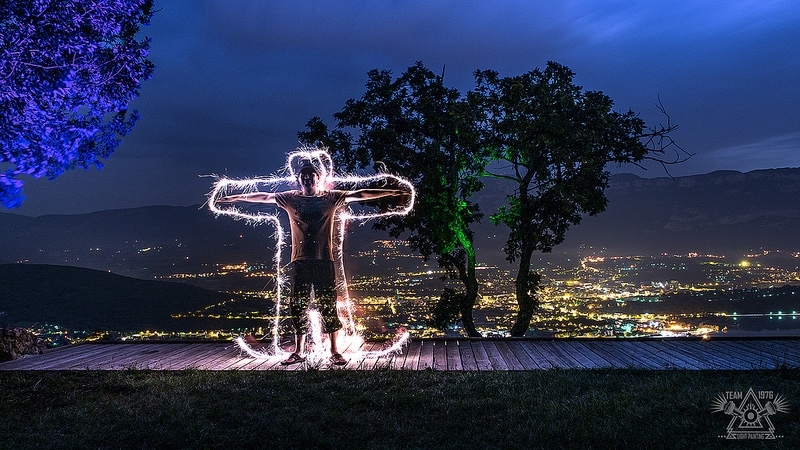Photographers and plants have something in common: they both need light for their livelihood. The plants to do photosynthesis, and you to be able to capture those incredible scenes with your camera.
And for incredible photos, those made with the Lightpainting photographic technique … are an excellent example of them. With a camera, some lights and squeezing your imagination a bit, these incredible photographs are obtained without any editing. No Photoshop!
Surely these types of photographs have caught your attention, perhaps you have even wondered how they do it? In today's article you will learn everything you need to start painting with light yourself and dazzle everyone . And if you want to deepen the subject of lighting and photography, do not miss the mega guide that we have published for you with all the information you should know.
WHAT IS "LIGHT PAINTING" PHOTOGRAPHY?
Photography Light Painting, or Lightpainting spelled all together, (pronounced « layt Péintin » ) or “painting with light” is one of the most curious and striking types of photography today, despite being a technique that has been used for many years. already quite a while.
It consists of drawing with light directly on the photograph, lines, shapes or whatever you can come up with, using the air as a frame and shooting at exaggeratedly slow shutter speeds.
The traces of light are captured by the camera sensor and are "drawn" directly in the final photograph. To give you an idea of the possibilities that this technique offers you, here are some amazing photographs:
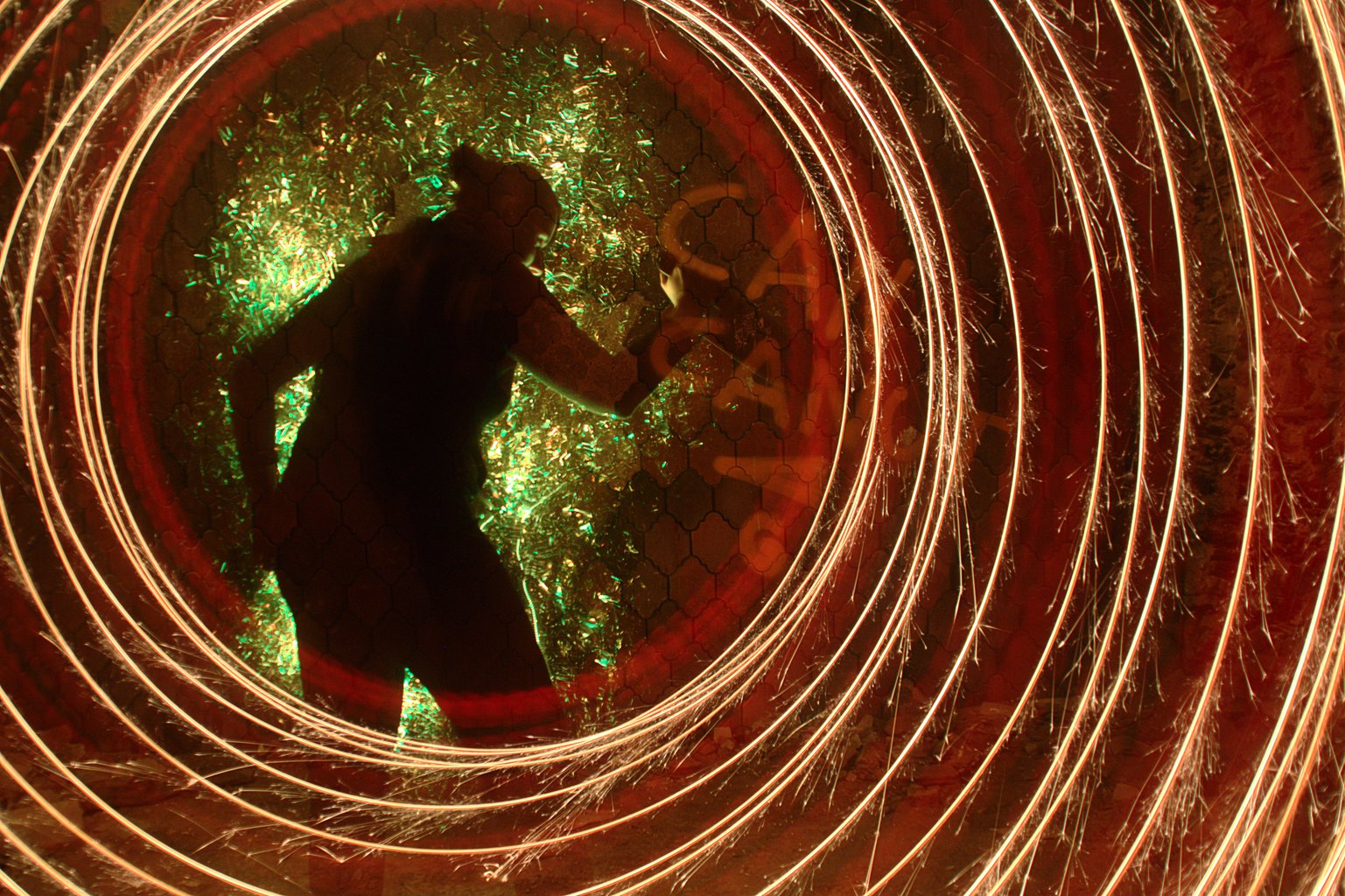
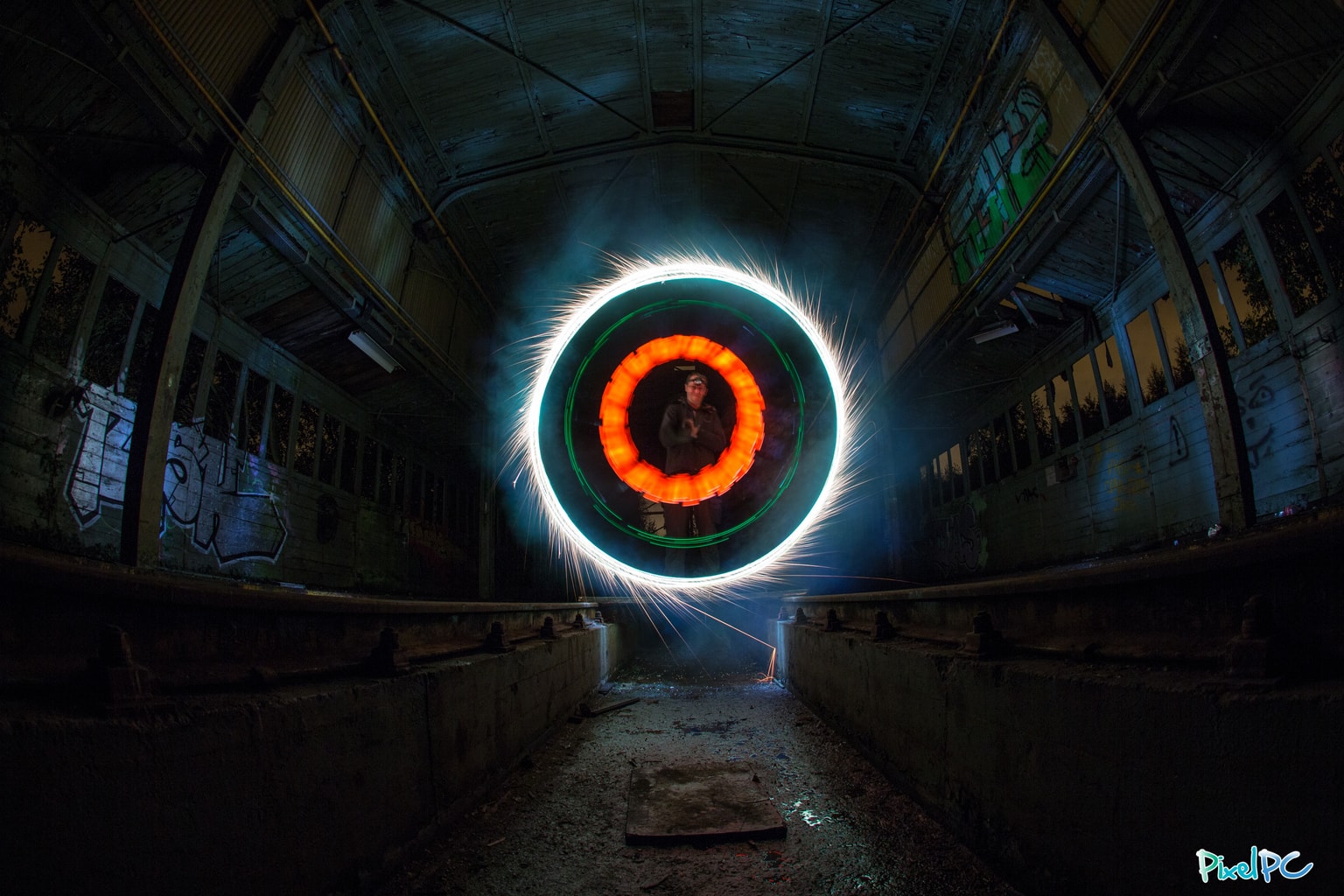
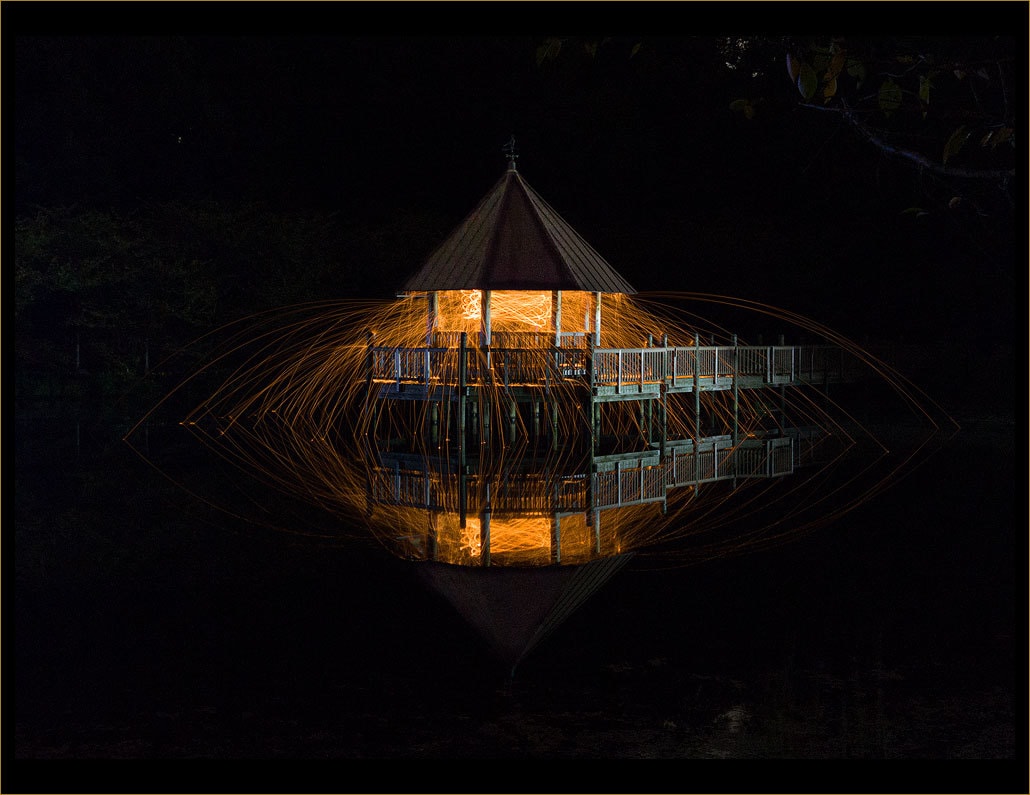
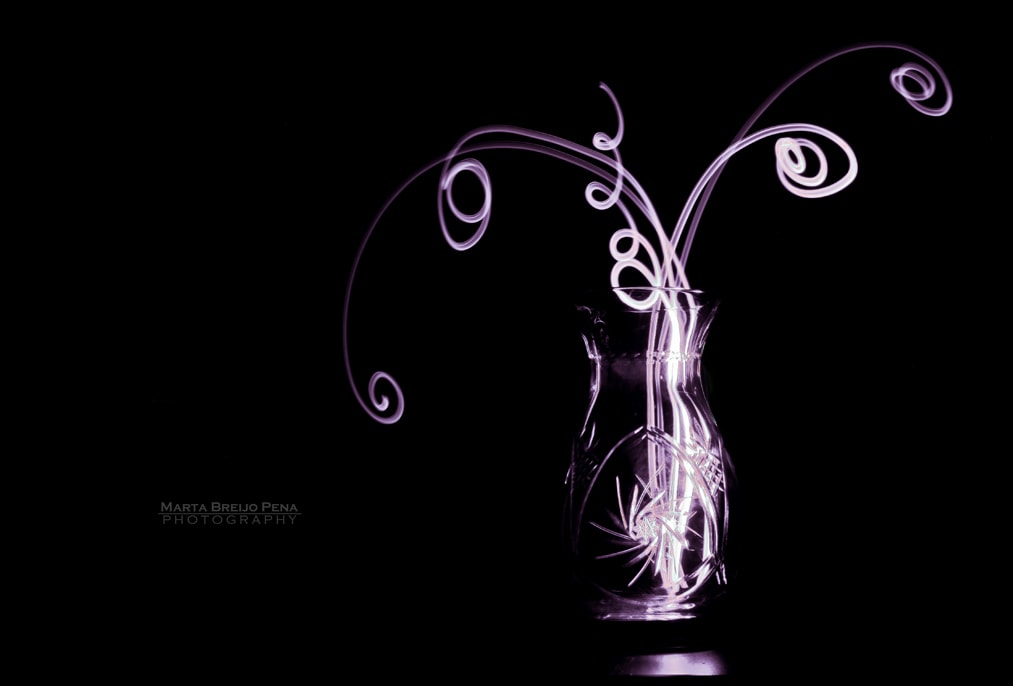

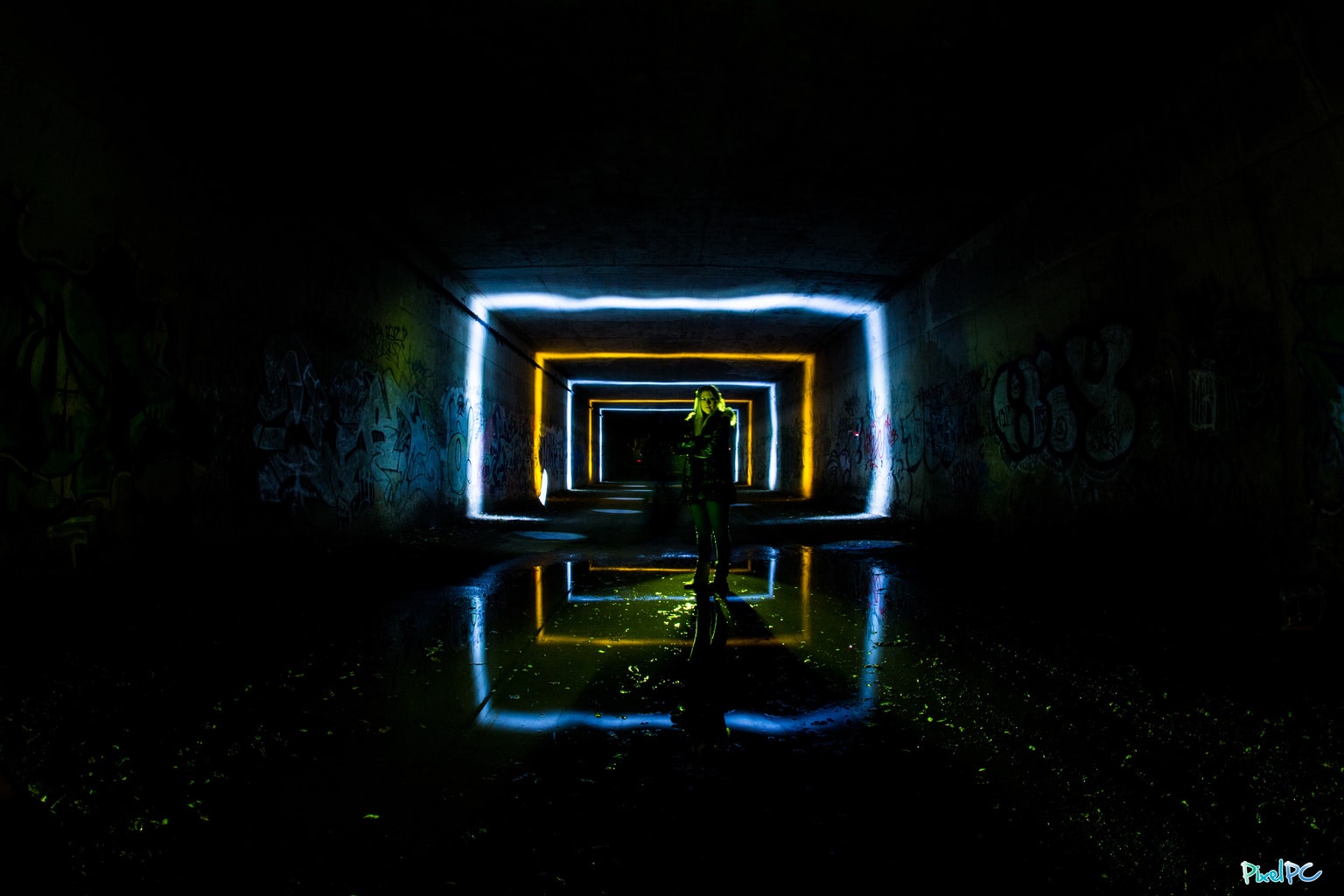
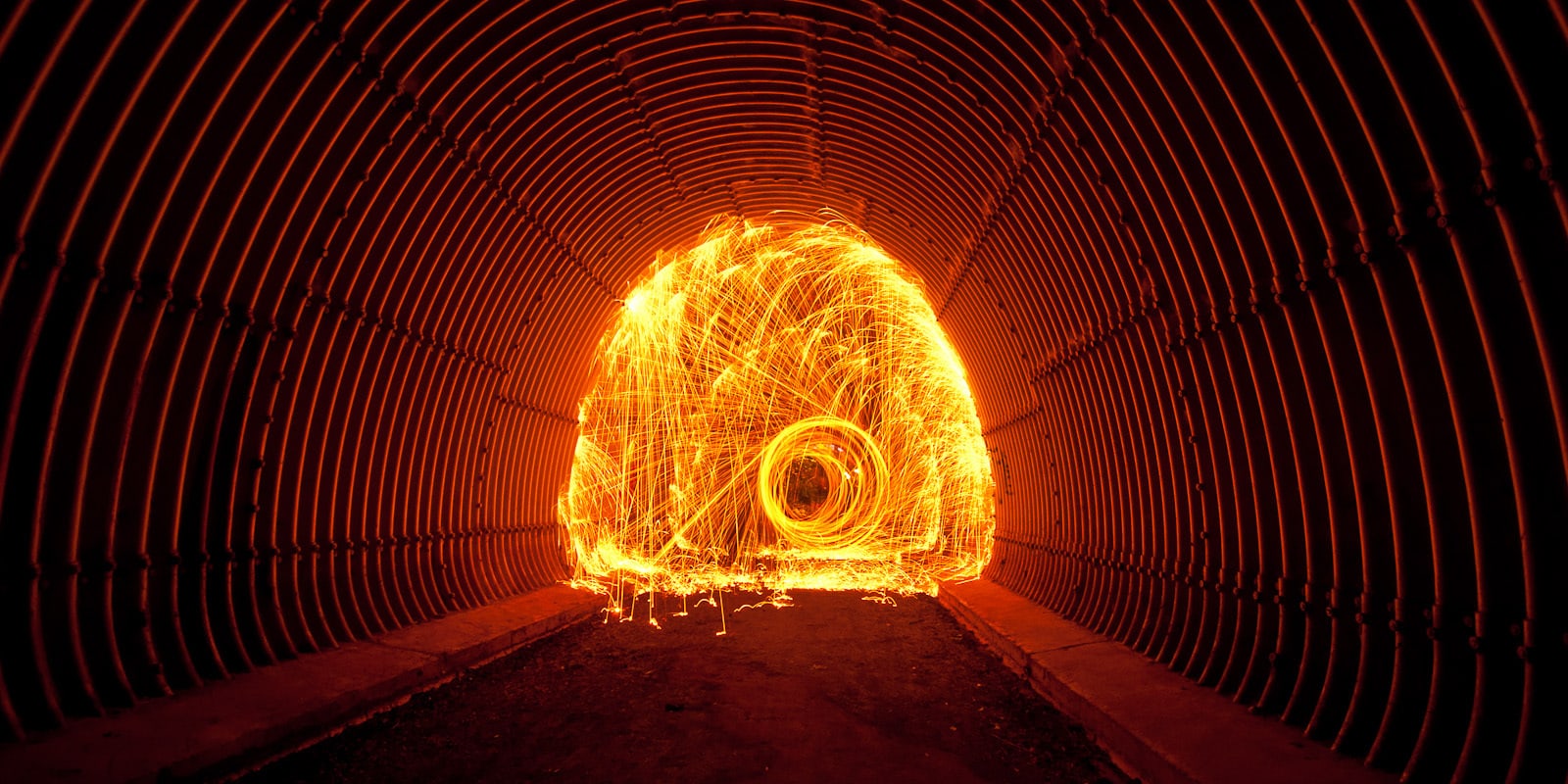
Many photographers already master this technique, not only professionals but even amateurs and amateurs. So if you want to see more photos of this style, just search any photo network like Flickr or 500px, to find thousands of examples.
HOW DO I GET A LIGHT PAINTING PHOTOGRAPH?
Painting with light is relatively simple and does not require very expensive equipment, far from it. You just need a lot of practice. Once you master this technique, the possibilities become endless.
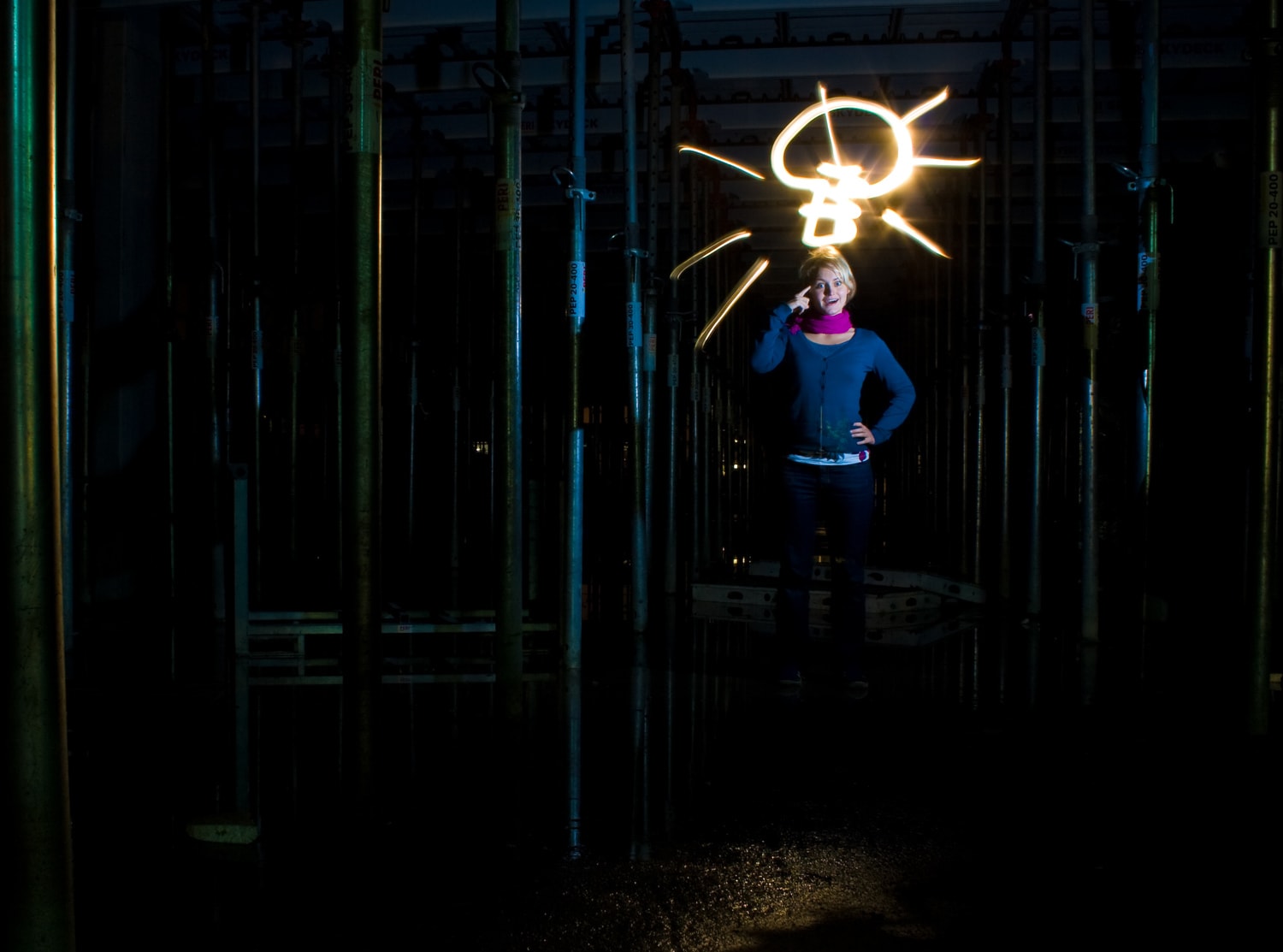
The general idea of this type of photography is nothing more and nothing less than, as its name indicates, painting with light directly on the scene. For this you can use lights, flashlights, flashes or any other element that occurs to you, in order to draw the lines or illuminate the objects that you want to be exposed in the final photograph.
As you will have seen in the example photographs at the beginning of the article, despite being a simple technique, it requires some practice before you can really master it. And since it is a type of photography that integrates various techniques, I recommend that, if you have not already read them, take a look at the following articles that will help you master it from the first moment:
- Long exposures: being a type of photography where long exposures are used, if you are not very familiar with them, I recommend that you read the following article: Long exposure photography .
- Lighting: if what you want, in addition to getting some lines, shapes or drawings, is to work on the entire scene, you probably also need a flash, so I recommend that you read these tips for better use of flash .
- Movement: as this technique gives photos a lot of dynamism, I also recommend that you take a look at the article on how to capture and transmit movement , as it will be useful as a complement to this technique.
Later in the article I will give you a step by step so you can start experimenting yourself.
THE NECESSARY EQUIPMENT TO PAINT WITH LIGHT
As I mentioned before, a very advanced camera is not required. With any camera that has manual controls and allows you to lower the exposure time to at least 10 seconds you will be able to do this. It is an effect that you can perfectly perform using homemade elements.
To carry out this technique you will need at least:
- A camera with manual controls .
- a tripod If you do not have one and are thinking of buying one, in this guide we help you with the search for the best tripod.
- A relatively dark environment, although this can vary as you get more mastery of the technique.
- Flashlights, lights, flares, fireworks or any other item that serves as a light source. Creativity is your ally and the Internet too ? There are thousands of ideas and alternatives out there.
With these elements you will already be able to find the technique, but... if you want to take this effect a step further you will also need:
- One or more collaborators, a remote shutter release, or setting the camera to trigger delay mode to give it time to “draw” the scene.
- One or more flashes .
- Camera with Bulb mode, that is, it can expose the scene for more than 30 seconds.
- A good place or landscape that allows you to give a spectacular frame to your photograph.
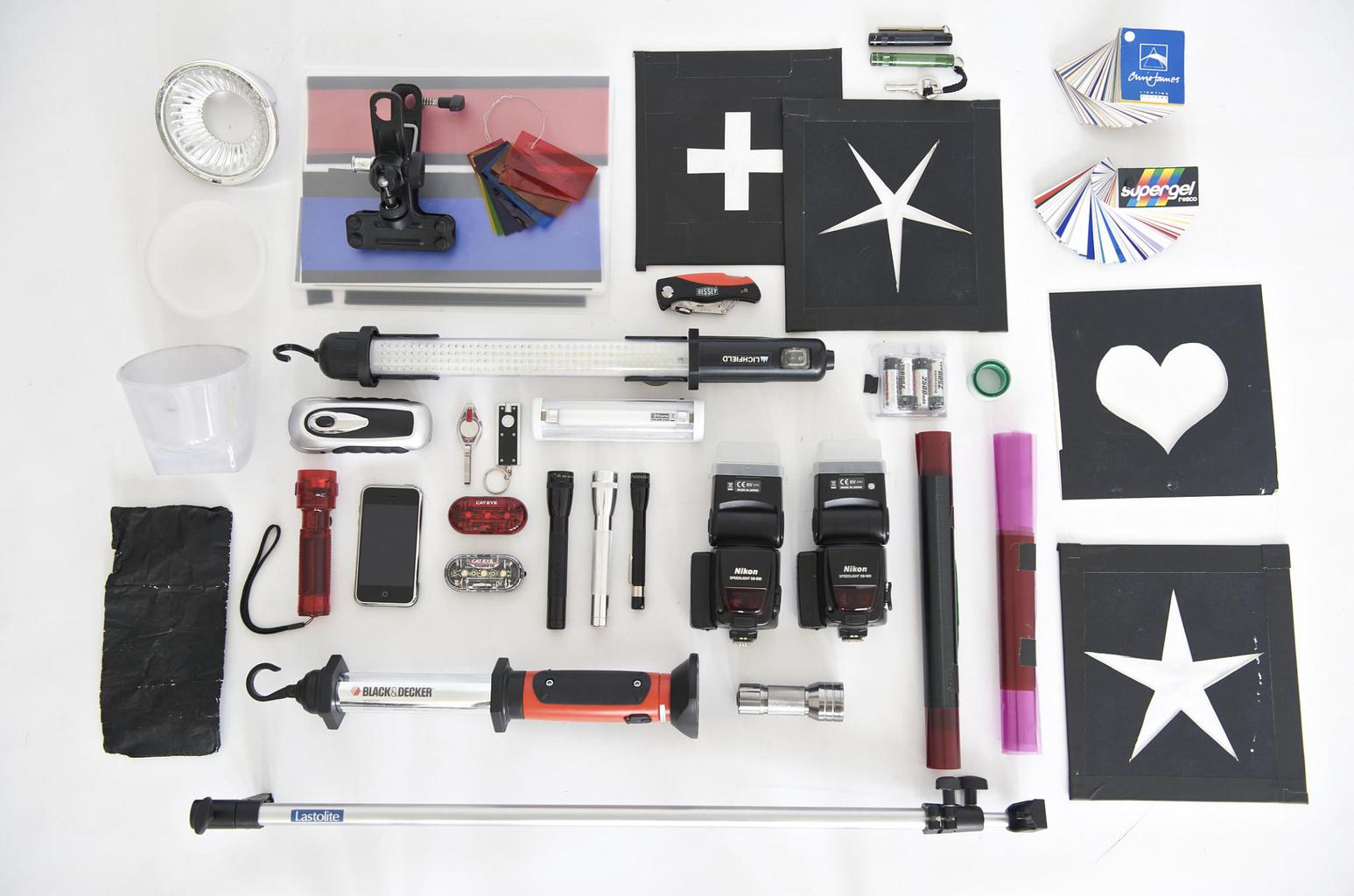
TYPES OF LIGHTPAINTING EFFECTS
Here I leave you some of the most common effects that you will find in the vast majority of lightpainting photographs. You can try doing them yourself for practice as you develop your own.
1) Loops or streamers: this effect consists of drawing loops in front of the camera using a tube or cold cathode light or lamp. It is important that, so that the tapes are not cut or tuned, you keep the light always shining towards the camera.

2) Silhouettes: this effect consists of drawing silhouettes in the air with light while the camera captures the entire sequence. To be able to do this, you will need a flashlight or any rather punctual light source, that is, one that does not emit too much light and leaves fine lines. You can draw silhouettes, outline objects, people or whatever you can think of.
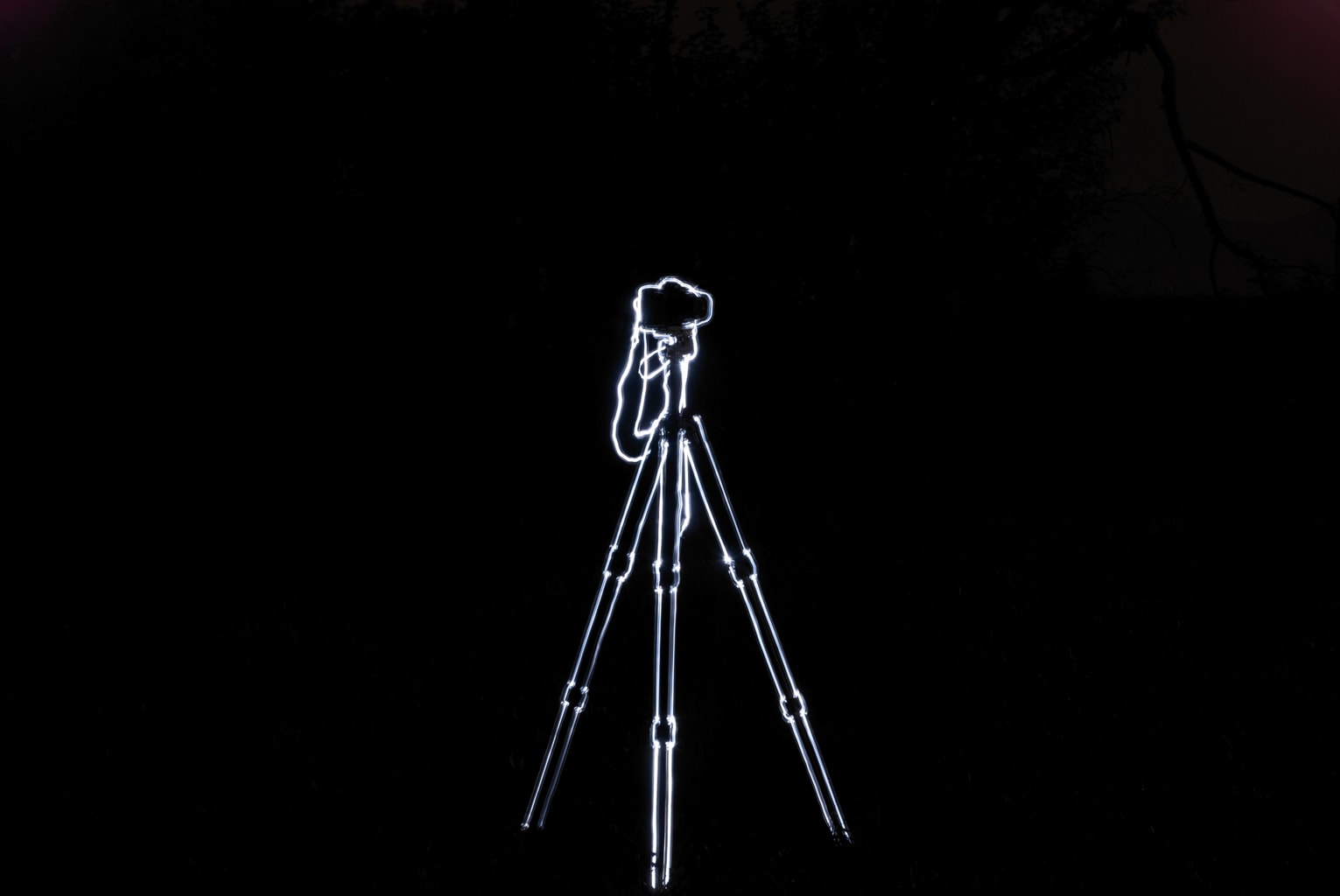
3) Spheres or Orbs: to perform this spectacular effect you will have to get a couple of extra elements such as: a rope or the handle of a paint roller without the roller. This effect consists of tying the lantern to the rope or to the paint roller, in order to always make it rotate in the same orbit. To do this, you can stick your hand to your navel and just turn the wrist, so that the circumference is perfect and constant. As you rotate it, you must rotate, but with due care to keep the axis of rotation in the center, that is, you must rotate, but trying to keep your hand always in the same place or at the same height , in order to achieve a perfect circumference. There are many videos on Youtube on how to do it, in case the explanation seemed confusing to you.
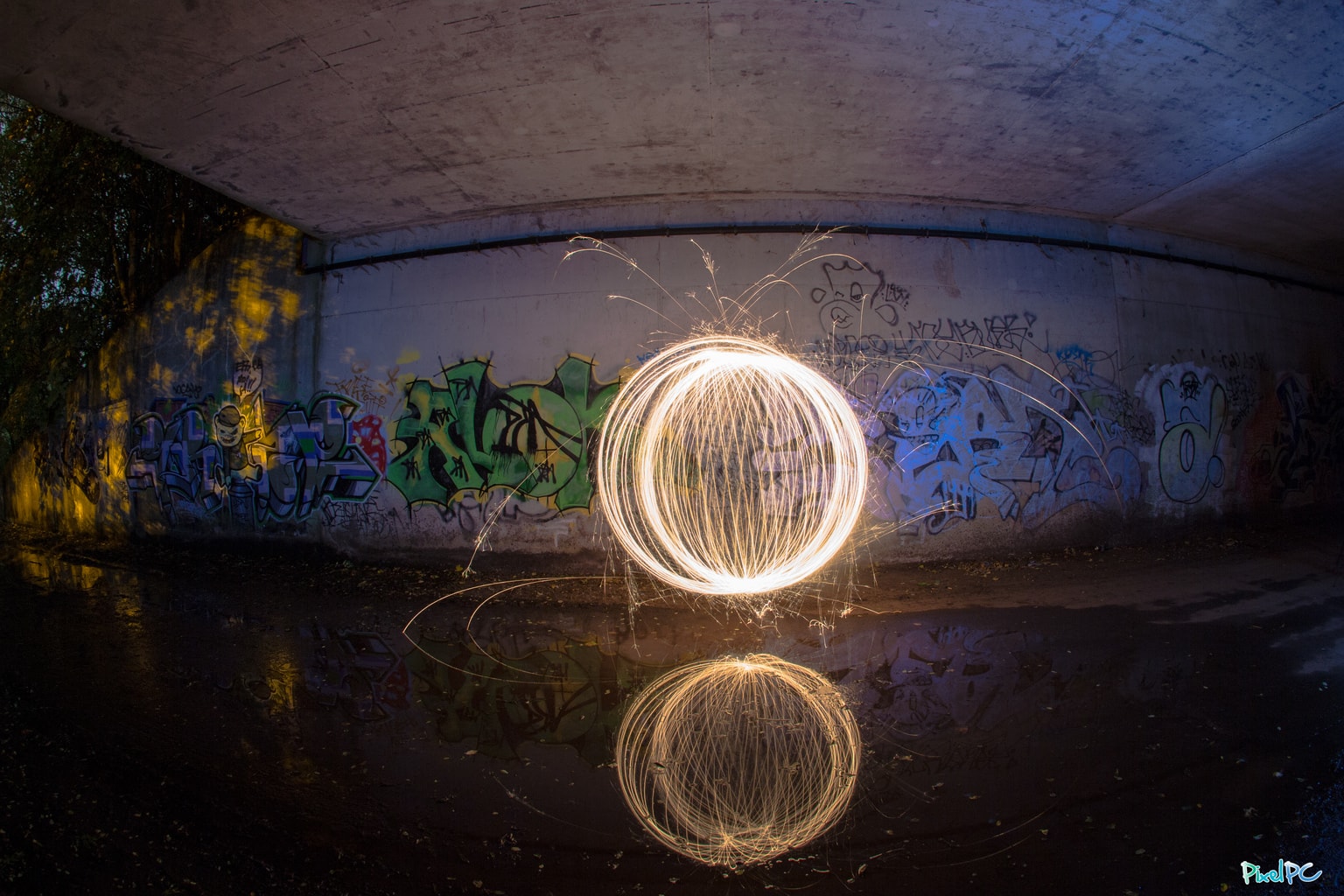
4) Rain of lights: the way to do this effect is very similar to the way to do the spheres that I just mentioned, with the difference that instead of tying a flashlight to the rope or roller, you must tie steel wool. Yes, you read that right, those steel wool sponges you have in the kitchen. The magic begins when you light them on fire, as they are highly flammable and if you spin them very fast they start to shower off sparks to spectacular effect. (Don't do it at home, don't do it if you're not an adult or don't have adults around you, and don't do it near flammable elements. Please).
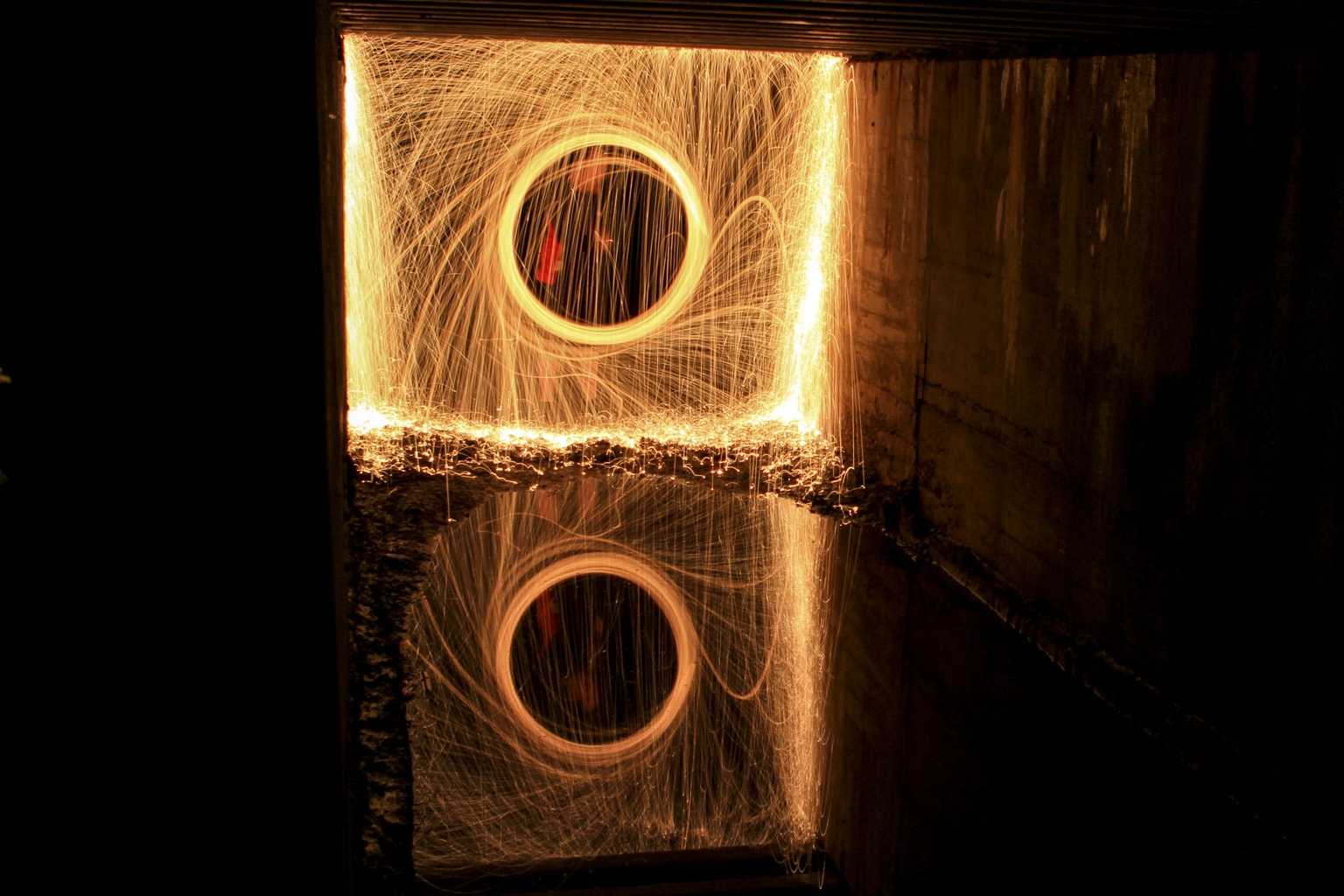
PHOTOGRAPHY LIGHT PAINTING… STEP BY STEP
Now yes, thousands of characters after announcing it, the time has come to get down to work, or almost. Here is a guide so you can start having fun with this incredible technique:
- The first thing you should do is define where you are going to take your photos. Remember that the darker the landscape or place, the more impressive the effect will be.
- Mount the camera on the tripod.
- Set the ISO sensitivity to the lowest value your camera will allow. ISO 100 wouldn't be bad.
- Set the aperture of the diaphragm to f/8 and open or close it depending on whether the photo comes out too dark or too light and the spectacular effect is lost. I recommend that you start from the f/8 value but you really have to experiment and modify it depending on the result you get.
- Put the focus in manual, because if it is in automatic, the camera can, at the moment of shooting, focus in another place that is not the one you wanted initially. In low light conditions, teams have a harder time focusing.
- You can configure the white balance (white balance... what is that? ) according to the tone you want your photograph to have, although you can do this later from your computer using a photo editing program such as Photoshop, Lightroom or the provided by the manufacturer that comes on your camera CD.
- Remember that to be able to modify the exposure times, you must use the manual mode, or the speed priority mode or «S» or «Tv» (although with speed priority you will no longer be able to control the diaphragm, so the manual mode « M" is ideal). Be sure to use very slow speeds, between 10 to 30 seconds or more as you feel is necessary. To determine the necessary exposure time, you can measure the light of the elements that you will use in the scene, or else measure it by trial and error. Remember that the smaller the aperture of the diaphragm and the lower the ISO sensitivity, the longer the exposure time must be to compensate for the reduction in light. To master Manual Mode, it is best that you turn to this guide that we have prepared for you.
- Focus where you are going to paint with the light. You can place a fixed object, or a subject (a collaborating friend) to use it only as a measurement, and once you have the focus already fixed and locked, you move it away. The light will have to be placed right there.
- To take the photo, avoid touching the camera so that it is as stable as possible, use the delay modes or a remote shutter release if you have one.
- Prepare to draw with light while the camera is exposing the photo. Make sure the lighting elements are pointed towards the camera for the best results.

This technique requires that you be very clear about what the final product should be, since it does not exist yet, since you have not drawn it yet. Push your creativity and knowledge to the limit to achieve incredibly illuminated photos.

